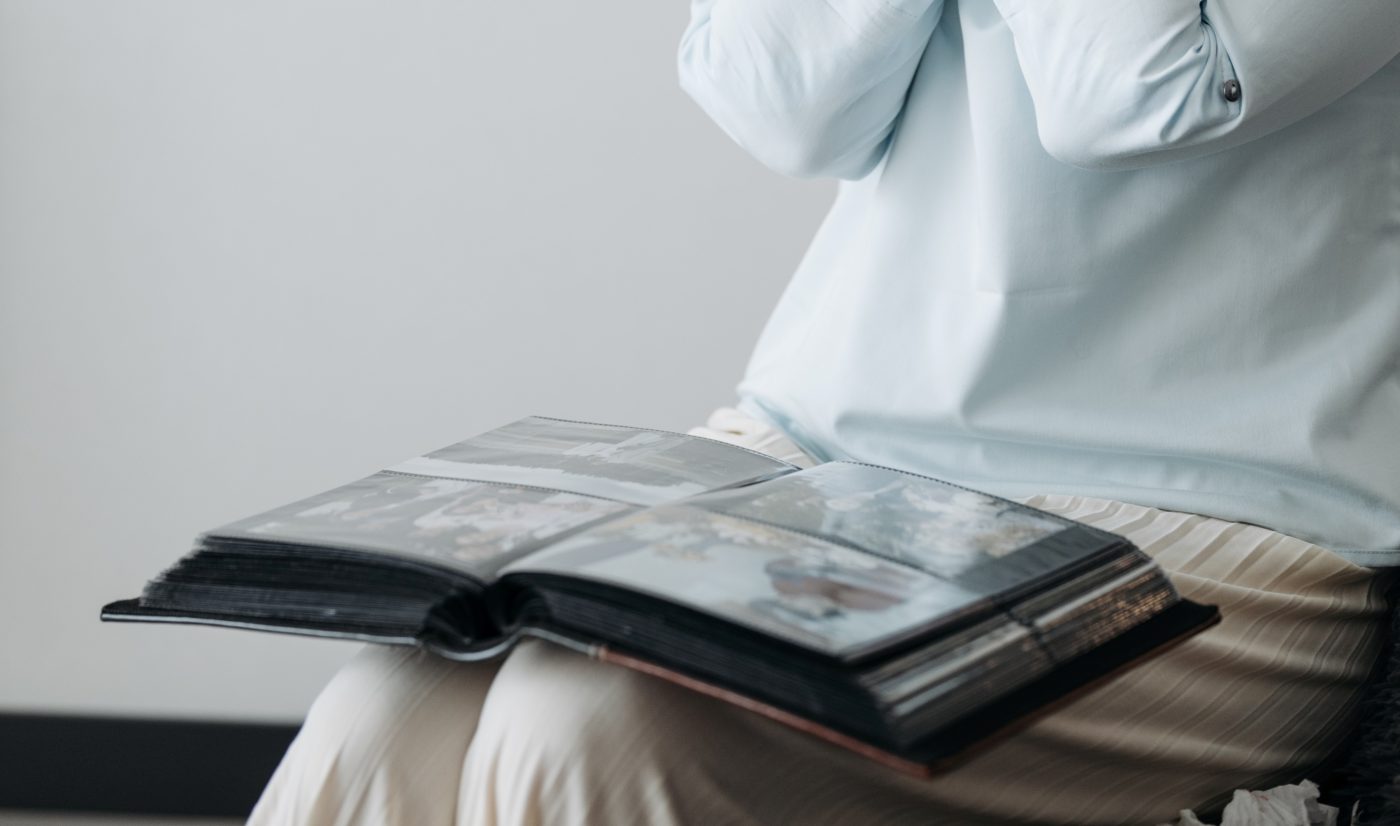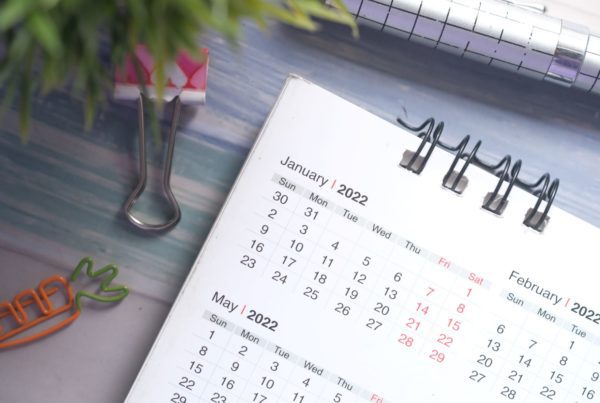Understanding Trauma & PTSD

In my last blog, I talked in technical terms about trauma and the symptoms required for the diagnosis of post-traumatic stress disorder (PTSD). Please read this blog first if you missed it. Today we will be talking about how trauma can affect us on a day-day basis.
What does PTSD in “real-life” look like? Anything. We each experience trauma so uniquely that something one person finds bothersome may not affect another person. For example, two drivers get into a (non-serious) car accident. Driver A is initially upset but can shake it off and go about their life. Driver B is unable to drive their car again for months, and they experience nightmares along with intrusive thoughts of the accident that flood their head. So why does Driver B have a much harder time? There is no clear answer, as there are certain risk factors that can predispose a person to increased difficulty with trauma.
Trauma can creep into life at various times. Here are a few examples:
- Facebook or photo memories that pop up of before treatment or during treatment. Sometimes it’s shocking to see my bald head and it takes me right back to that moment. Or I will find myself longing for the “old me” that I see from two months before I knew.
- Replaying scenarios or conversations in my head. This happens a lot in the shower, or when driving when my mind stops for a minute.
- Going to the doctor or hospital for anything, including the smell of alcohol wipes or the smell/taste of saline.
- Fearing the future – having trouble making plans. Worried that something else might happen. Scanxiety.
- Feeling angry and irritable frequently.
- Experiencing nightmares, waking up feeling panicked. Or experiencing Intrusive thoughts or memories. Maybe you are just watching TV and memories flood your brain. Or a commercial about cancer (so many!) plays and it triggers emotions.

“What do you want to listen to?” the MRI technician asked me. “The Lumineers” I responded. He pushed the button and sent me into the MRI. I laid there with the big headphones playing “Ophelia” while the machine danced around me. My pain had been going on for months at this point, and I could feel the numbness and sharpness hurting my back from the hard table. While I laid there, I thought about my “running injury” and how inconvenient surgery would be on my life. Midway through the test the technician came out he said, “We are going to just place this on your hip so we can see better.” He pushed the button and sent me back into the machine. I didn’t think much of it at the time. After 75 minutes of pictures, I was done. He walked me down the hall and right before he pushed the red button to open the double doors, he said, “I wish you a lot of luck.” My heart sunk into my stomach. I had no idea what he had just seen on my scan or what my future would hold, but I knew it wasn’t a running injury. The Lumineers became my music of choice for every scan going forward.

Now what exactly does this short story have to do with PTSD? This is also a snapshot of trauma. I can often have flashbacks to this moment, and I remember every small detail. When I’m driving in my car and all the sudden “Ophelia” starts playing I’m taken back, and I can feel the fear, pain and tears build up almost immediately.
PTSD happens when there is a stress overload. Even when the danger is gone, your nervous system has a hard time returning to normal. In order to recover from PTSD, you need to be able to heal. There are many different techniques to help cope with PTSD. These can include:
- Mindfulness/relaxation techniques
- Journaling: write down your story
- Grounding techniques
- Therapy/support groups
- Self-care: go for a walk, take a bath, color
- Spend time out of the house/engage with others
- Find new things you enjoy doing like swimming or knitting
- Avoid drugs and alcohol, which can worsen PTSD
Do you think your cancer journey has been traumatic? Why or why not? How does trauma effect your life today?
Learn more about PTSD here.
Courtney, MSN, PMHNP
Osteosarcoma Survivor



